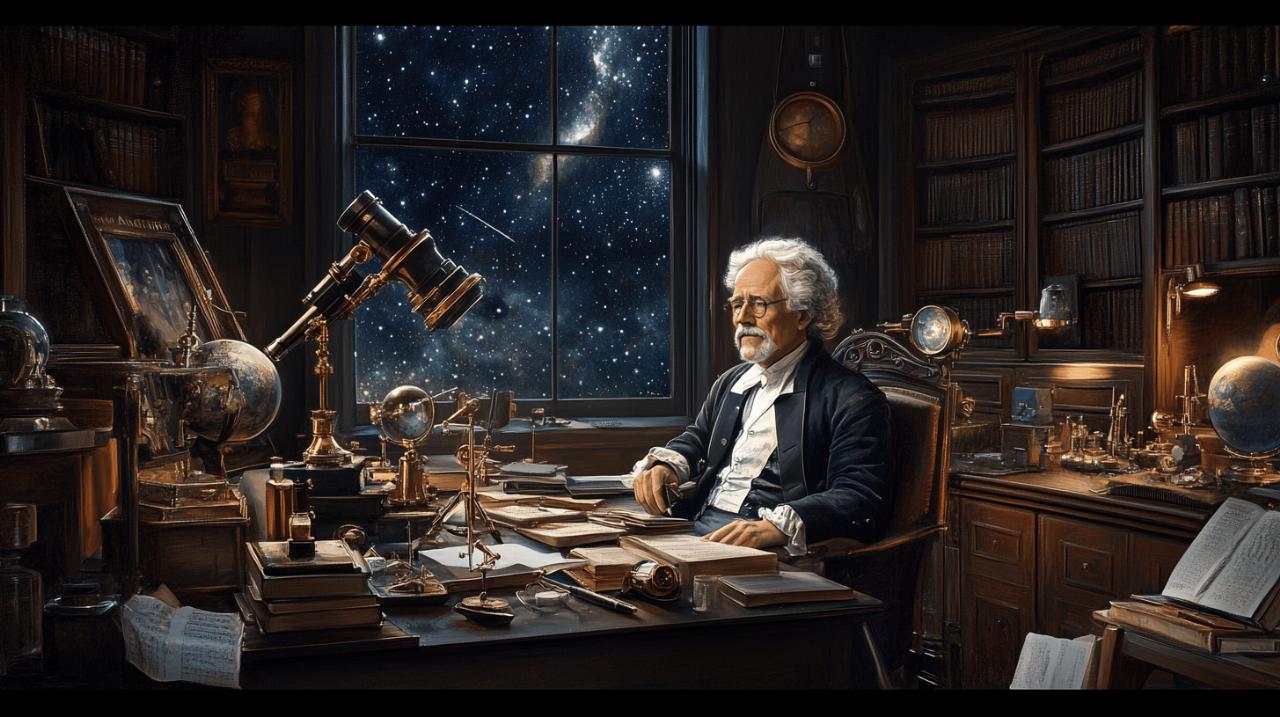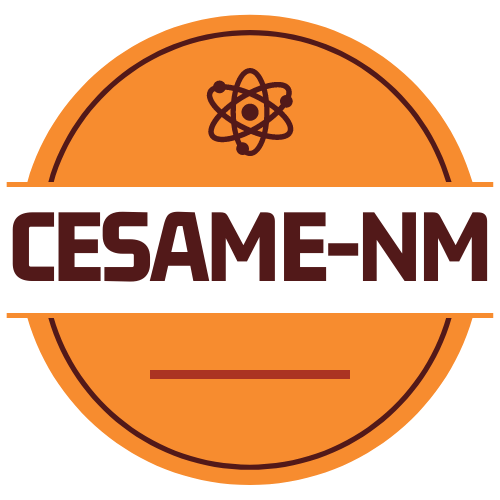In the realm of Victorian science, few figures stand as prominently as François Arago, the brilliant French physicist whose work dramatically altered our understanding of light. During a time when Isaac Newton's particle theory dominated scientific thinking, Arago emerged as a revolutionary voice championing the alternative wave theory of light. His pioneering experiments and bold challenges to established doctrine not only transformed optics but also laid groundwork for physics concepts that would flourish well into the modern era.
The Early Life and Education of François Arago
From Estagel to the École Polytechnique
François Arago was born on 26 February 1786 in the small town of Estagel in the Pyrénées-Orientales department of France. His early years coincided with a tumultuous period in French history, as the nation underwent revolutionary transformations that would reshape its political and intellectual landscape. Despite these challenging times, Arago displayed remarkable intellectual aptitude from a young age. His natural curiosity and mathematical talent led him to pursue formal education at the local lycée, where his abilities quickly distinguished him from his peers.
The young Arago's academic prowess earned him admission to the prestigious École Polytechnique, one of France's premier scientific institutions. This pivotal move to Paris placed him at the epicentre of European scientific advancement, exposing him to the leading mathematical and physical theories of the day. His exceptional performance as a student soon transitioned into a teaching career, as he became a lecturer at the same institution, guiding the next generation of French scientists through complex mathematical and physical concepts.
The Foundations of a Scientific Mind
Arago's formative years were marked by extensive exposure to both theoretical and practical aspects of science. His intellectual development occurred during a fascinating period when the scientific community was actively debating fundamental questions about the nature of light. While Isaac Newton's corpuscular theory held considerable sway, alternative wave-based explanations were gaining traction through the work of scientists like Thomas Young, whose double-slit experiment in 1807 provided compelling evidence for light's wave-like properties.
During his early career, Arago was appointed to work at the prestigious Observatoire de Paris, where he honed his observational skills and developed a methodical approach to experimentation. This opportunity proved instrumental in shaping his research interests and scientific methodology. His membership in the Académie des Sciences further situated him within the elite scientific community, providing a platform to exchange ideas with other leading thinkers and granting him the authority to challenge established scientific dogma when evidence warranted.
Arago's revolutionary contributions to light theory
Pioneering Research on the Speed of Light
In 1810, Arago conducted what would become one of his most significant experiments, investigating variations in the speed of light from different stars through refraction. This experiment built upon earlier work by Danish astronomer Ole Rømer, who had estimated light's speed in the 1670s through observations of Jupiter's moons. Arago's experimental approach was ingenious for its time. He glued a prism to a telescope lens, creating a device capable of measuring the deviation of light rays as they passed through the glass medium.
Arago's experiment was designed to test a fascinating implication of Newton's corpuscular theory. If light consisted of particles, as Newton suggested, then the speed of those particles should vary depending on their source. Stars moving toward Earth would emit light particles travelling faster than those from stars moving away. According to the corpuscular theory, these speed differences should result in measurable variations in the angle of refraction when light passed through Arago's prism.
The results were unexpected. Despite careful measurements, Arago found no variations in the refraction angles from different stars. This outcome posed a significant challenge to the particle theory, as it suggested the speed of light remained constant regardless of the motion of its source. Initially, Arago speculated that stars might emit light at all possible speeds, but we could only detect those within a specific range. This explanation, while creative, would soon give way to a more revolutionary understanding.
Challenging newtonian particle theory
Though Arago initially adhered to the corpuscular theory of light popular in his day, his experimental findings gradually led him to question this Newtonian framework. The corpuscular theory predicted that light would accelerate when entering a denser medium, while the competing wave theory suggested it would slow down. Arago's experimental results increasingly aligned with the latter prediction, creating tension with the established view.
A significant turning point came in 1818 when Augustin-Jean Fresnel proposed that the aether, the supposed medium through which light travelled, might be partially dragged along with moving objects. This concept of aether drag offered an explanation for Arago's experimental results without abandoning the wave theory framework. Later, Hippolyte Fizeau's experiments in the 1850s seemed to support Fresnel's interpretation, lending further credibility to the wave theory that Arago had come to champion.
Arago's work on light polarization provided additional evidence supporting the wave theory. He discovered that light could be polarized through various means, a phenomenon difficult to explain using particle theory but readily accounted for by wave mechanics. His collaborative efforts with other scientists, particularly Jean-Baptiste Biot, enhanced the credibility of his findings and helped disseminate wave theory principles throughout the scientific community.
A life beyond science: arago's political career
From observatory to parliament
François Arago's remarkable intellect extended well beyond the laboratory and observatory. In a fascinating parallel career, he ventured into the political arena, serving as a député in the Chambre des députés and later in the Assemblée Nationale. This transition from scientific research to public service reflected Arago's deep commitment to applying rational thinking to social problems and his belief that scientific minds could contribute meaningfully to governance.
During turbulent periods in French history, Arago positioned himself as a voice of reason and progress. His scientific reputation lent credibility to his political positions, while his oratorical skills allowed him to communicate complex ideas to broader audiences. Unlike many of his scientific contemporaries who remained detached from political affairs, Arago embraced civic responsibility, demonstrating that intellectual pursuits and public service could complement rather than conflict with one another.
Arago's political involvement placed him in a unique position to witness firsthand the societal transformations occurring during the Victorian era. His dual perspective as both scientist and statesman provided him with insights into how scientific advancement might shape public policy and social development. This unusual combination of roles made him a truly distinctive figure in European intellectual history.
Scientific influence on public policy
Arago leveraged his scientific expertise to influence governmental decision making on matters related to technological advancement and education. He advocated for increased public funding for scientific research, understanding that national progress increasingly depended on scientific innovation. His position within both scientific academies and governmental bodies allowed him to serve as an effective bridge between these two worlds.
One noteworthy example of Arago's impact on public policy involved his advocacy for the standardization of weights and measures. His involvement in the extension of Le Meridien measurement with Jean-Baptiste Biot connected directly to the establishment of the metric system, a scientific achievement with profound practical implications. At just 20 years of age, Arago was selected for this important project, which built upon the Académie des Sciences' 1791 definition of the metre based on the distance from the North Pole to the Equator along the Paris meridian.
Throughout his political career, Arago maintained his commitment to scientific principles, demonstrating how evidence-based thinking could inform governance. His approach to politics reflected the same methodical reasoning that characterized his scientific work, making him an early exemplar of the scientifically informed public servant.
The Lasting Legacy of a French Polymath
Scientific partnerships and collaborations
Arago's scientific achievements were magnified through his numerous collaborations with other leading thinkers of his era. His partnership with Jean-Baptiste Biot proved particularly fruitful, combining their complementary skills to advance understanding in several areas of physics. Together, they tackled complex problems that might have proven insurmountable for either working alone.
Beyond optics, Arago made significant contributions to our understanding of magnetism. He discovered that non-magnetic materials could generate magnetic effects when rotated, a phenomenon that expanded the boundaries of electromagnetic theory. His demonstration that electric current flowing through copper wire attracts iron filings represented another important advancement in understanding the relationship between electricity and magnetism.
Arago also played a role in one of the greatest astronomical discoveries of the 19th century. He supported the theoretical work that led to the discovery of Neptune, advocating for the planet to be named after Urbain Le Verrier, whose mathematical calculations had predicted its existence. This episode illustrated Arago's commitment to recognizing scientific achievement and his ability to appreciate theoretical insights alongside experimental evidence.
Memorials and Recognition in Modern Times
Today, François Arago's contributions to science are commemorated in numerous ways throughout France and beyond. Visitors to Paris can find his final resting place in the Cimetières du Père Lachaise, where a statue stands in tribute to his scientific and civic accomplishments. His name adorns streets, squares, and scientific institutions across France, ensuring that his legacy remains visible in the public consciousness.
In scientific circles, Arago's work continues to be recognized for its foundational importance. The wave theory of light that he championed eventually triumphed over Newton's corpuscular theory, though our modern understanding incorporates aspects of both perspectives through quantum mechanics. Arago's experiments with light refraction anticipated questions that would later be addressed by Einstein's theory of relativity, which explained Fresnel's aether drag formula as a special case of relativistic velocity addition, without requiring the aether concept.
Museums like the Whipple Museum of the History of Science at Cambridge University preserve instruments similar to those Arago used, allowing modern visitors to appreciate the ingenuity behind his experimental approach. These collections connect us to the physical reality of Victorian scientific practice and highlight how Arago's methodical investigations helped transform our understanding of the physical world, establishing principles that continue to influence scientific thinking today.


Comments are closed